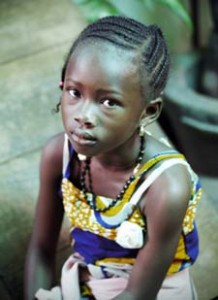QUESTION
What is the prevention of malaria?
ANSWER
Malaria prevention consists of a combination of mosquito avoidance measures and chemoprophylaxis. Although very efficacious, none of the recommended interventions are 100% effective.
Mosquito Avoidance Measures
- Because of the nocturnal feeding habits of Anopheles mosquitoes, malaria transmission occurs primarily between dusk and dawn.
- Contact with mosquitoes can be reduced by remaining in well-screened areas, using mosquito bed nets (preferably insecticide-treated nets), using a pyrethroid-containing flying-insect spray in living and sleeping areas during evening and nighttime hours, and wearing clothes that cover most of the body.
- All travelers should use an effective mosquito repellent.
- The most effective repellent against a wide range of vectors is DEET (N,N-diethylmetatoluamide), an ingredient in many commercially available insect repellents. The actual concentration of DEET varies widely among repellents. DEET formulations as high as 50% are recommended for both adults and children older than 2 months of age (see the Protection Against Mosquitoes, Ticks, and Other Insects and Arthropods section later in this chapter). DEET should be applied to the exposed parts of the skin when mosquitoes are likely to be present.
- In addition to using a topical insect repellent, a permethrin-containing product may be applied to bed nets and clothing for additional protection against mosquitoes.
Read the full article about Malaria Prevention.
